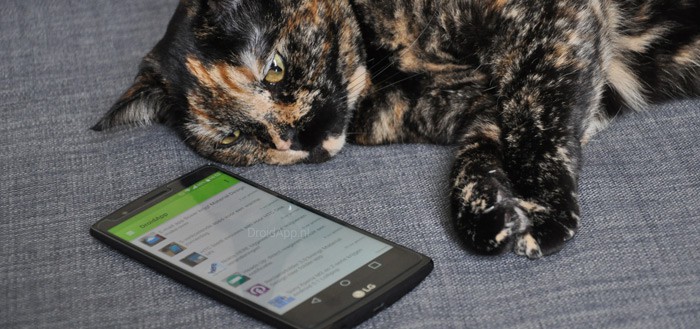Development and release iPhone 14 almost final – missing a cool function
The iPhone 14 line is in a new phase of development: the so-called engineering validation test phase (EVT). The prototype is there, now it is checked whether everything works as it should and can be produced. But we will have to wait a little longer for one nice feature.
Read on after the ad.
iPhone 14 development reaches milestone
We’ve already heard a lot of news about the release and development of the iPhone 14. From leaked renders to 48-megapixel camera; there is still a lot of uncertainty. So the next piece of news is somewhat reassuring; the development and production of the iPhone 14 line (including the Pro and Pro Max) is in the engineering validation testphase (EVT). In simple words, Apple is testing the iPhone 14 for mass production.
Apple has according to 9To5Mac so no problems with the Shenzhen lockdown and the iPhone 14 can start preparing for production. Many Apple factories are located in this Chinese city. This did not seem to be a problem in advance, as the main chip factory is in another city.
It was previously leaked that the ‘regular’ iPhone 14 will not get a new chip and therefore will not necessarily be faster. The iPhone 14 Pro and 14 Pro Max are rumored to receive a more powerful chip: the A16. This is larger than the A15 Bionic of the iPhone 13 and is therefore hopefully more powerful, faster and more energy efficient.
”Periscope camera’ can only be found in the iPhone 15′
Although a report by analyst Ming-Chi Kuo several years back stated that we would find a periscope camera in the iPhone 14 models, it says 9to5Mac now based on the same source that the new camera has been delayed until 2023. This is the year we expect the iPhone 15.
This camera technique has been around for a long time for submarines to be able to peek above water. Soon it looks like we’ll find a miniature version of the periscope in the iPhone 15. This allows the Apple phone to zoom in enormously and perhaps capture a natural depth of field, like DLSR cameras do. The portrait function in your current iPhone already seems to be able to do this, but this is only an imitation via the LiDAR scanner and software.

How Periscope Camera Works in iPhones
Since an iPhone is about 9 millimeters thick, there seems to be no room for a large lens. The periscope technique offers a solution. Light then ‘just’ enters the lens, but a mirror reflects it at an angle of 90 degrees. Through this exit, the light reaches the camera sensor and you can take a photo.
Because the system lies flat in the smartphone, there is suddenly much more space to work with. Normally you would have to cram the lens into 9 millimeters, but now it’s almost 15 centimeters. For example, the thickness of the device is no longer a limitation and it is possible to use larger zoom lenses. It’s the next step in perfecting phone cameras.


